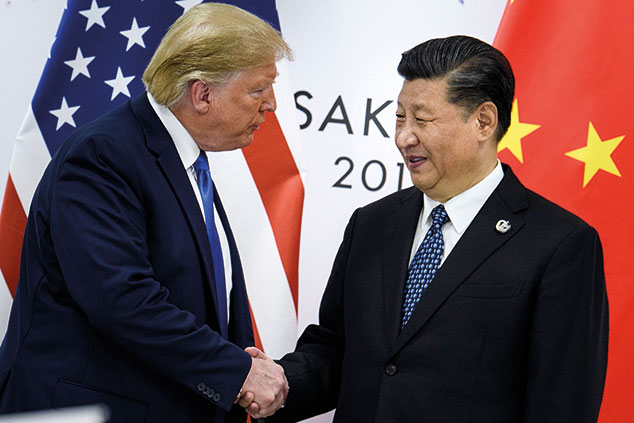
Equity markets sighed with relief, with America’s S&P 500 rising to a new record high just below 3,000 early this week. The index soared by more than 17% during the first six months of this year, its best first half since 1997.
Yet the road to a deal remains far from clear, say Alan Rappeport and Keith Bradsher for The New York Times. Top Trump advisers stress that there is “no timeline” to reach an agreement, and that the two sides remain “as far apart as they were when talks broke up in May”. News that the US is considering imposing $4bn in extra tariffs on the EU amid a row about aircraft subsidies also suggests that a new era of trade harmony has not broken out between world leaders. In the meantime, “existing tariffs remain in place, meaning that the current drag on earnings and growth will continue”, as Alec Young of Global markets research told CNN.
All shall have prizes
Still, stocks are looking on the bright side for now – as they have been for most of the first half. The FTSE All World index of equities is up 15.8%, notes Michael Mackenzie in the Financial Times. Commodities also had a good half; gold has rallied more than 8% since the start of the year in dollar terms. Interestingly, bonds have done well too. An index of long-dated US Treasury debt delivered a total return in excess of 11% during the first six months of 2019. The strong performance across so many asset classes is a puzzle, says Mackenzie. Usually stocks perform well when the economy is looking up, while investors turn to bonds and other safe havens when the storm clouds gather. Double-digit gains for both during the same six-month period is a “rare combination” that has not happened since 1995. “One of these markets must be wrong.”
Riding the asset-price bubble
Strong performance at the two extreme ends of the risk spectrum is not a sign of normal times, agrees Mohamed El-Erian on Bloomberg.
There is no doubt that the “historic policy pivot” by major central banks towards monetary easing has driven this curious rally. The continuous liquidity injections risk decoupling asset prices “too far and too fast” from the economic fundamentals. That sets the stage for a “painful market correction”.
The fundamentals are not looking great, agrees Jeff Cox on CNBC. The drag of trade tariffs has left analysts forecasting falls in S&P 500 corporate earnings for the second and third quarter. Yet investors have become so dependent on the Federal Reserve to deliver rate cuts that they “seem to care more about a dovish Fed” than the bad news that is making it dovish in the first place, says Spencer Jakab for The Wall Street Journal.
The chances are high that we have now entered the last innings of “this long bull market”, says Tom Stevenson in The Daily Telegraph. The quandary is that past evidence shows that “the final push can give investors their best gains”. Nevertheless, investors would be wise to consider switching into more high-quality and defensive stocks and – as MoneyWeek explored last week – look at topping up their gold holdings.